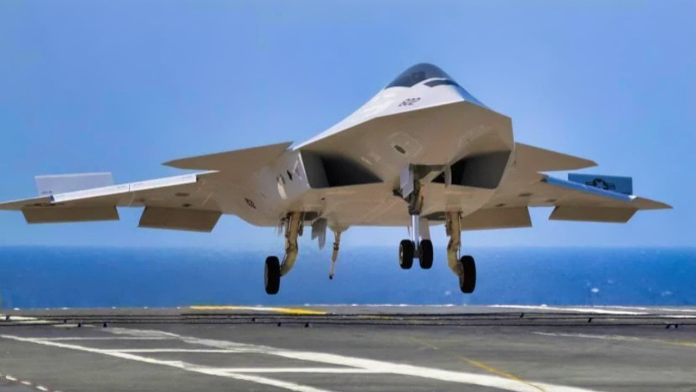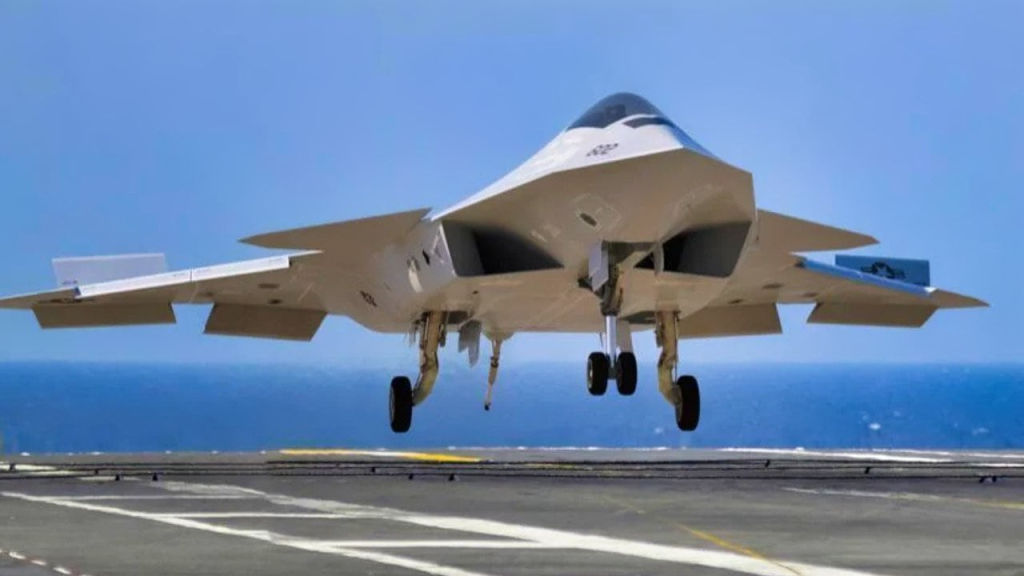
The U.S. Navy’s F/A-XX, the next-generation fighter designed to fly off carriers, has survived months of budget limbo and entered a final phase. The congressional intervention has saved money that the Pentagon had attempted to slash, and the service is now ready to select either Boeing or Northrop Grumman for what will be the backbone of its future carrier air wings.
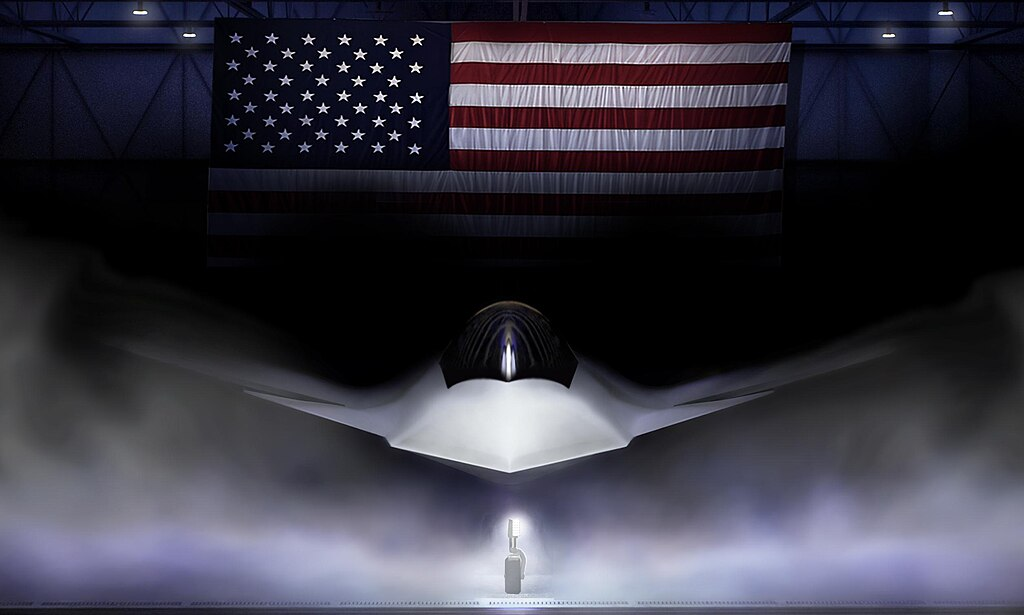
1. From Budget Freeze to Congressional Rescue
In June, the Pentagon’s Fiscal Year 2026 budget request granted only modest funding to finish preliminary design of the F/A-XX, citing industrial base constraints and giving priority to the U.S. Air Force’s Boeing-made F-47. The Navy’s request for $74 million was a minority of previous allocations. That trend was turned around with the Senate Appropriations Committee’s approval of $1.4 billion for the program, equalling the Navy’s Unfunded Priority List submission. “The Navy has a proven requirement for carrier-based sixth-generation aircraft, and it is essential that we bring that capability to the fleet as soon as possible,” Adm. Daryl Caudle said to lawmakers
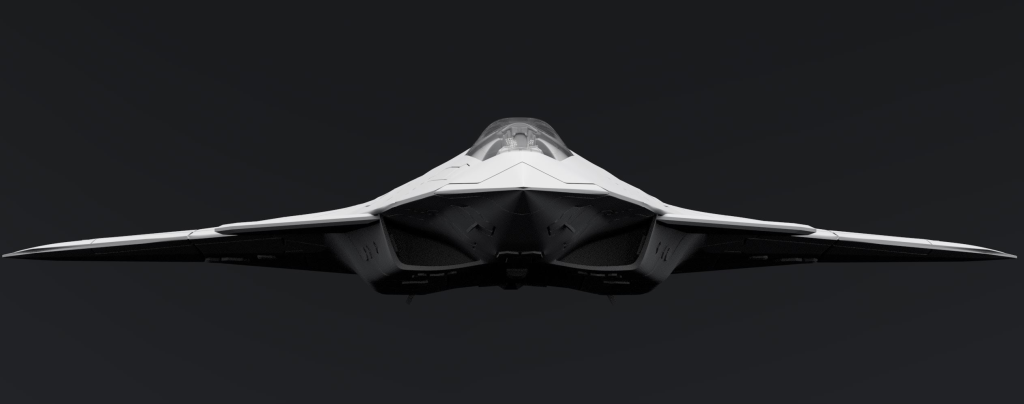
2. Boeing’s F/A-XX Concept: A Navalized F-47?
Boeing’s just-released rendering, presented at the Tailhook Symposium, indicates strong heritage from its F-47 design. The aircraft is rendered in tailless, twin-engine form, hooded in clouds, with a bubble canopy and potentially canard foreplanes features that might be useful in low-speed handling during carrier landings. Whereas the Air Force’s F-47 will utilize an entirely new adaptive engine for Mach 2+ performance and a combat radius of over 1,000 nautical miles, the Navy version will likely utilize a derivative powerplant, sacrificing extreme range in favor of carrier suitability and ruggedness for sea-based environments.
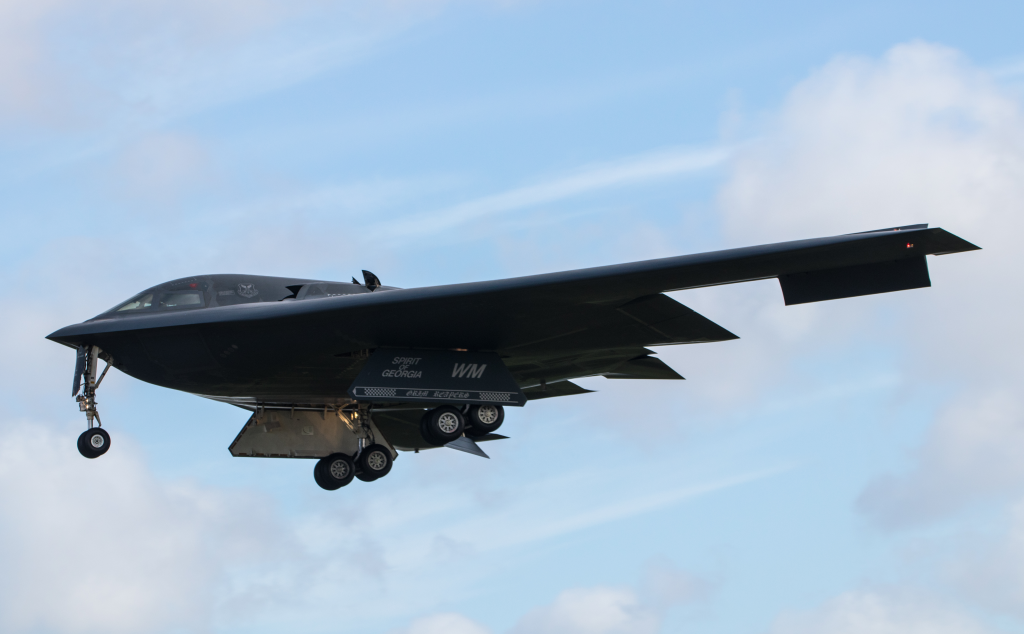
3. Northrop Grumman’s Stealth-First Approach
Northrop Grumman’s formal drawing depicts a slender, tailless aircraft with smooth, radiused surfaces tailored for low observability. The wide nose would accommodate a large-aperture radar, and top-intakes potential placeholders suggest new airflow management for stealth. The design is reminiscent of the YF-23’s stealth shaping but is configured for catapult launches and arrested recoveries. The lack of a tailplane implies heavy dependence on advanced flight controls to preserve agility.
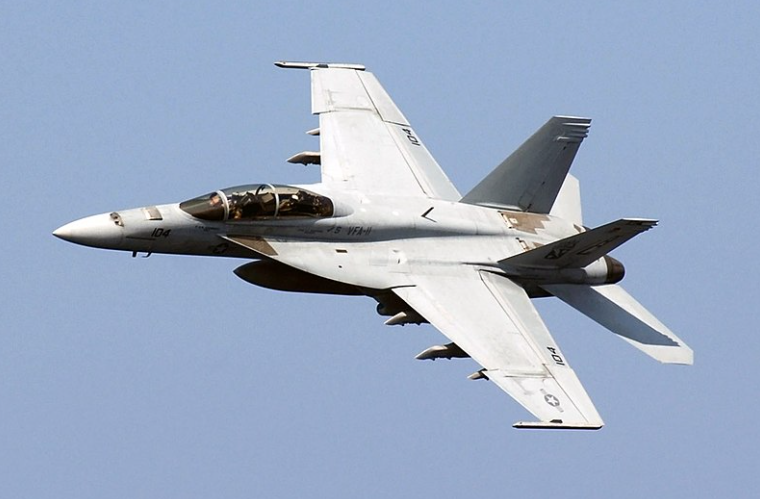
4. Carrier Integration and Special Naval Requirements
Vice Adm. Daniel Cheever, the Navy’s “Air Boss,” emphasized that the F/A-XX will be “a complete carrier version” to replace both the F/A-18E/F Super Hornet and E/A-18G Growler. In contrast to the joint-service F-35 model, the Navy insists on a design developed from the ground up for carrier operations, such as strengthened landing gear, corrosion protection, and optimized approach handling. The goal is a 25% range boost over existing strike fighters to counter Pacific theater threats.
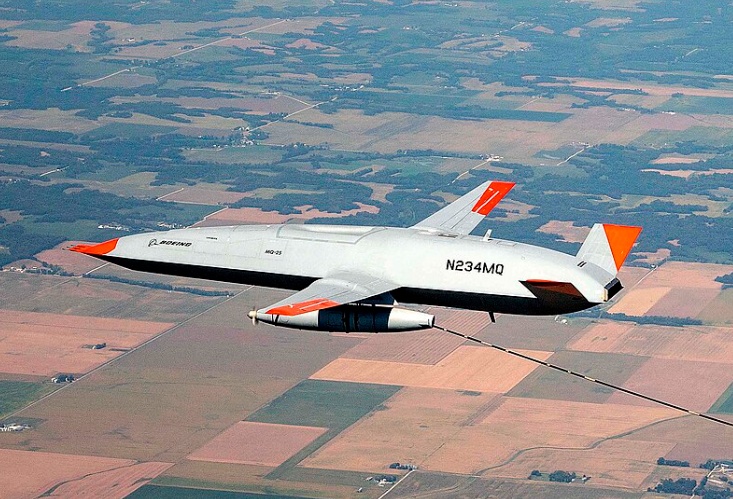
5. MQ-25 Stingray: The Force Multiplier
Alongside the fighter contest, the MQ-25 Stingray tanker drone is making its way through ground testing, with the production-representative model’s first flight happening this year. The Navy will buy 76 at a price of roughly $161.5 million each. By replacing more than 20–30 percent of Super Hornet sorties now dedicated to aerial refueling, the MQ-25 will release manned fighters for combat duties and increase the range of the carrier air wing. “It’s the key that unlocks manned-unmanned teaming on the aircraft carrier,” said Cheever.
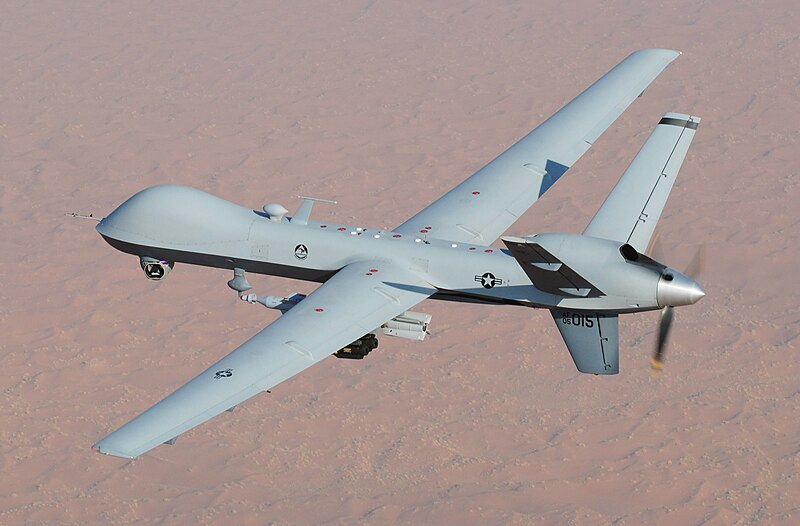
6. Toward a System-of-Systems Future
The F/A-XX is seen as the manned hub of a larger “system of systems” combining unmanned vehicles like Collaborative Combat Aircraft (CCA). Those loyal wingman unmanned aerial vehicles will exchange sensor information, provide electronic warfare, and even mount hypersonic or directed-energy payloads. The Navy is basing its CCA work on Air Force and Marine Corps research but hopes to customize for naval operations, with designs in the works for low-cost, “consumable” unmanned aerial vehicles.
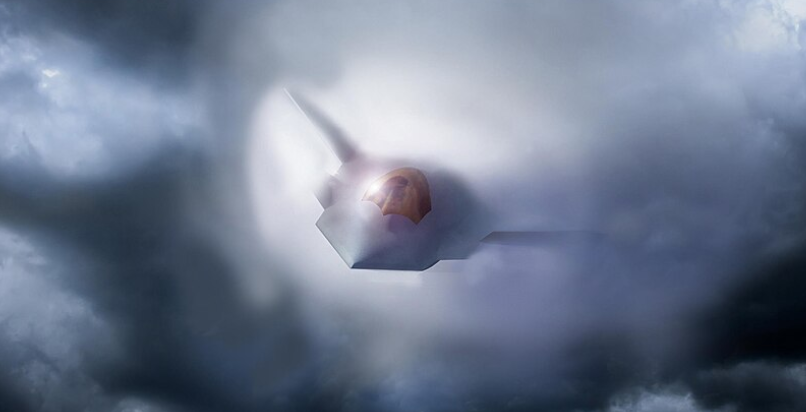
7. Engineering Challenges and Industrial Base Pressures
Pentagon leaders have cautioned that simultaneous production of two sixth-generation fighters may put too much pressure on the defense industry. Boeing responds that its $2 billion investment in a new Advanced Combat Aircraft Assembly Plant in St. Louis will allow the F-47 and F/A-XX to be produced simultaneously. Commonality in the two designs might minimize risk, but naval versions such as reinforced airframes and carrier-specific avionics will demand heavy engineering effort.
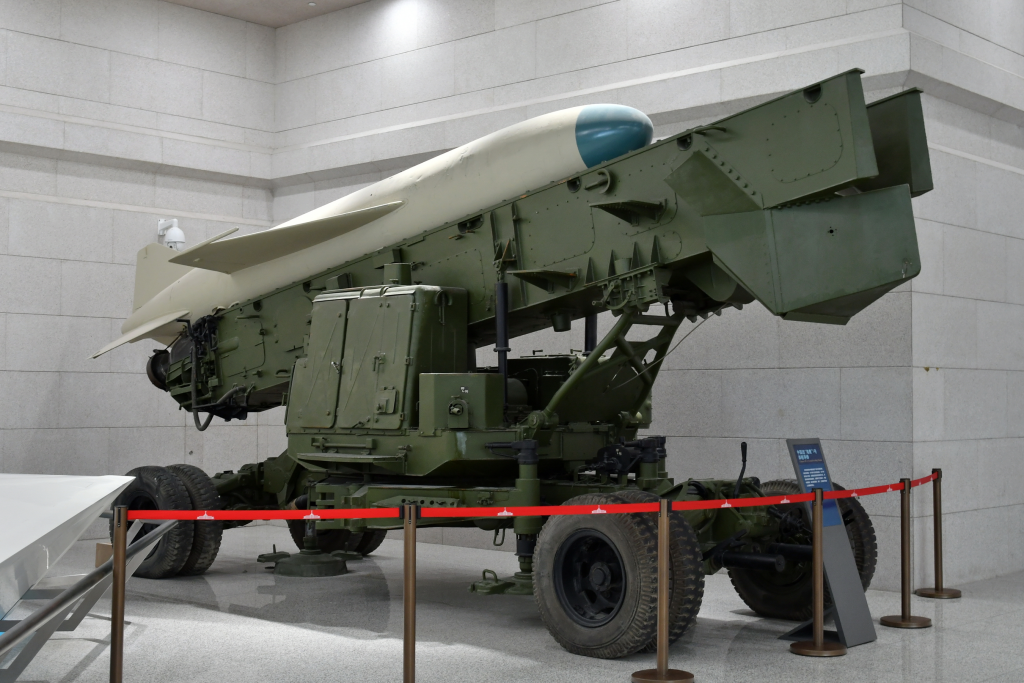
8. Strategic Imperatives in the Pacific
The Navy positions the F/A-XX as critical to sustaining air superiority over peer competitors, specifically in the Indo-Pacific region. China’s growth in long-range anti-ship missiles and next-generation fighters requires a carrier air wing with extended reach, survivability, and networked lethality. “As long as you have air superiority, you have sea control around the world,” Cheever said, connecting the fighter’s capabilities directly to the Navy’s fundamental mission of power projection.
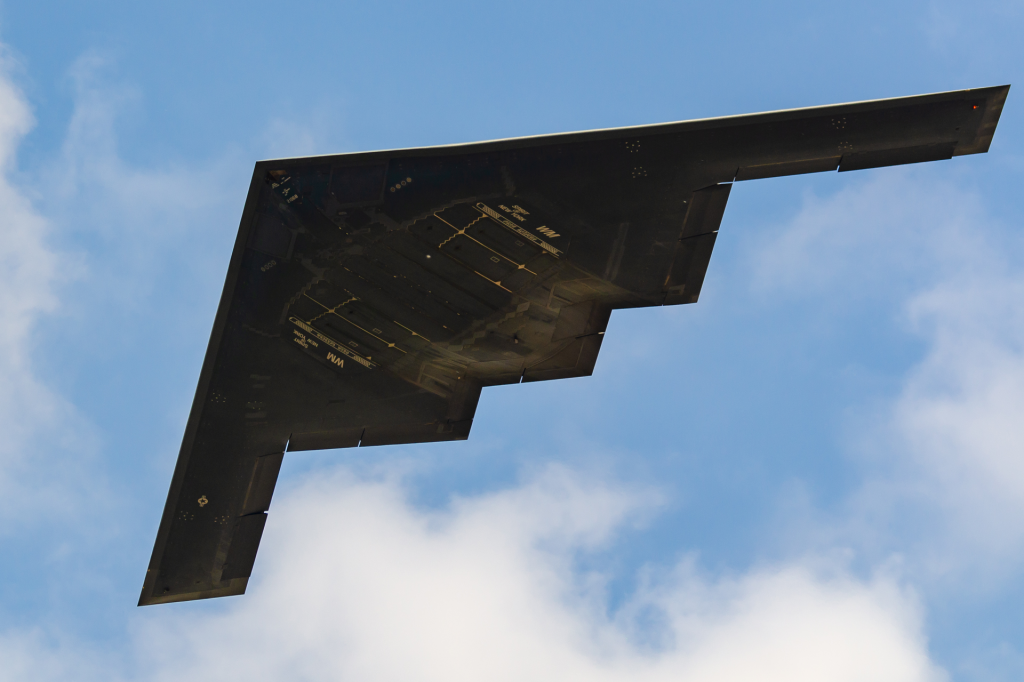
With Boeing and Northrop Grumman both publicly on board and Congress similarly indicating the green light, the F/A-XX down-select will decide not just the Navy’s next-door leader but also the direction of U.S. carrier aviation for decades to come. The choice will freeze design, industrial partnerships, and operating doctrine for a platform projected to endure well into the 2050s.
